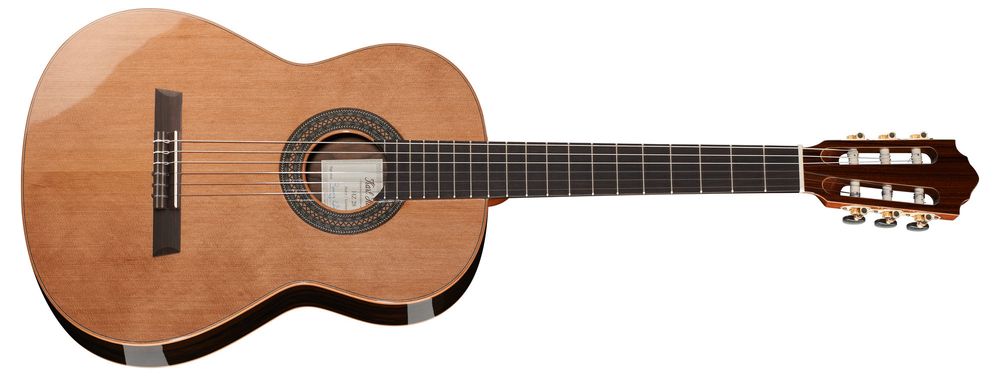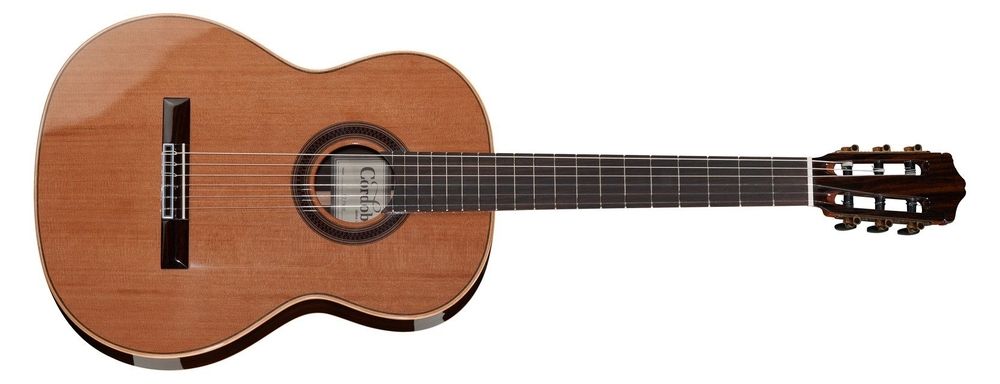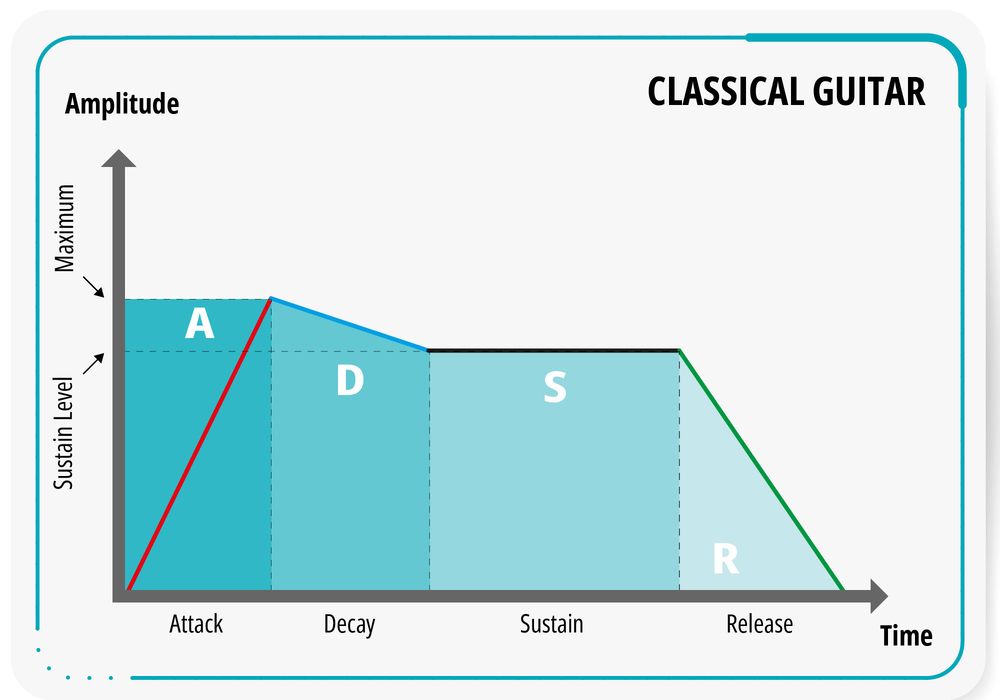9. Flamenco Guitars
Structural Differences
At first glance, you might think that classical and Flamenco guitars are practically twins. The telltale difference is usually the pickguard. But once you dig a little deeper, you'll find some notable structural distinctions.

Classical Guitar

Flamenco Guitar
So, what's different? Well, many guitar builders opt for a completely distinct bracing system when crafting a Flamenco guitar compared to a classical one. These Flamenco guitars are also generally lighter. Why, you ask? There are a few reasons. First off, builders prefer lightweight cypress wood for crafting Flamenco guitars. The materials used for the tops, backs, and sides are thinner than what you'd find in a typical classical guitar. Plus, the body of a Flamenco guitar isn't as deep as its classical sibling. On average, the sides of a Flamenco guitar are about 2 to 3 centimeters narrower.
Now, let's talk materials. When it comes to Flamenco guitars, the tops are usually made from German spruce or Canadian cedar. For the backs and sides, cypress wood from Spain or Morocco is a popular choice. You might also find models made with East Indian rosewood or Rio rosewood. The bracing system in these guitars often consists of spruce and cedar. Moving down to the bridge, it's typically carved from a single piece of ebony. The fingerboard matches, made from ebony as well. As for the neck, it's usually crafted from Honduras cedar. Although very rare, you can occasionally stumble upon Flamenco guitars with genuine wooden pegs.
Sound
So, why do Flamenco guitars have such distinct sound characteristics? It's all about the music they accompany. These guitars need to stand out amidst singing, the clatter of castanets, and the rhythmic footwork of dancers. To achieve this, Flamenco guitar luthiers create instruments with bright, high-pitched tones that really pop in the mid-frequency range. They tend to have very little bass in the lower frequencies. When you strike a note on a Flamenco guitar, you'll notice a very high initial peak in the sound, but the note's sustain is shorter compared to a classical guitar. Some of these guitars also come with high string tension, which can make the attack even quicker and reduce the decay time. One constant, though, is the use of nylon strings for Flamenco guitars. These strings are essential for achieving that distinctive Flamenco sound.

Flamenco Guitar

Classical Guitar
Playability
Unlike some older Flamenco instruments, modern Flamenco guitars strings are not set as low. This change stems from the fact that many guitarists nowadays play in a more concert-like style, and they want to avoid the buzzing sounds that come out when strings hit the frets. In these modern guitars, the bridge isn't permanently attached to the bridge holder; it's placed in position. This allows for adjustments to the string height relative to the top by using a higher or lower bridge. Initially, it's best to have a specialist make these adjustments. In fact, Flamenco guitars with low string height are now only built on request. The high-quality standards adhered to by Spanish luthiers are still the gold standard for what makes a great Flamenco guitar.





